Meher Castelino speaks to a few trained designers who create made-to-measure collections for a fixed clientele and finds out how do they survive in this cut-throat fashion industry
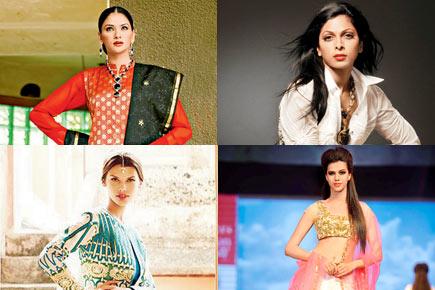
Fashion
In the early 20th century, fashion was ruled by the good old friendly neighbourhood darzi (tailor), who could design the choicest of outfits for you at a nominal price. All you had to do was show him clippings from fashion magazines, such as Seventeen and Burda, or movie postcards where your favourite heroine looked pretty as a picture, thanks to Bollywood designers, and voila, he would replicate the same designs for you. The choli, which was designed by Oscar-winning fashion designer Bhanu Athaiya and sported by Nadira in the 1955 film Shri 420, had women rushing to their tailors with photos of the same. Leena Daru’s white salwar-kameezes and pastel dupattas that Sridevi wore in the 1989 film Chandni spawned many ready-to-wear copies by tailors in Chandni Chowk, New Delhi.
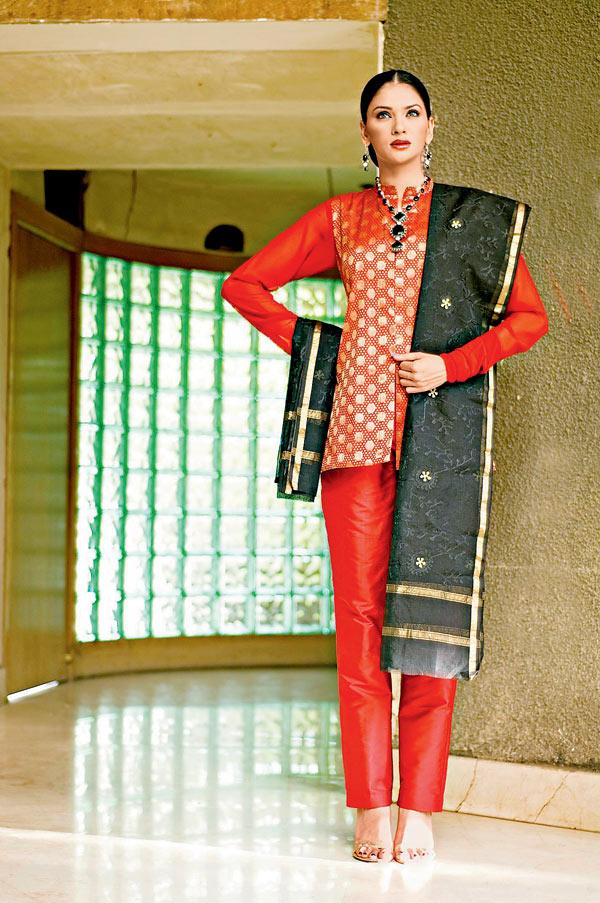
A model showcases Bela Parekh’s outfit. The designer uses eco-friendly fabrics with vegetable dyes and hand-block prints
When fashion shows started in India in early 1950s, popular tailoring shop Smart & Hollywood at Kala Ghoda, which was set up in 1945, designed entire collections for fashion shows for Delhi Cloth Mills, Calico and Hakoba Mills and even the Miss India fashion shows. In 1960s and ’70s, boutiques such as Rukhmani run by Mani Gazdar at Kemps Corner, and Rose Bleu run by Jackie Narielwala at Tardeo, designed and tailored clothes for fashion shows and customers. With the advent of high-end designers and fashion houses that offered creatively designed readymade clothes in 1990s, the darzi’s popularity dipped to some extent.
The demand still exists
However, there is still a demand for custom tailoring, which now goes under stylish titles such as custom designing, made-to-measure, made-to-order or bespoke tailoring. Women who can’t fit into fixed readymade sizes or want something special and personalised in their wardrobes usually opt for this.
ADVERTISEMENT
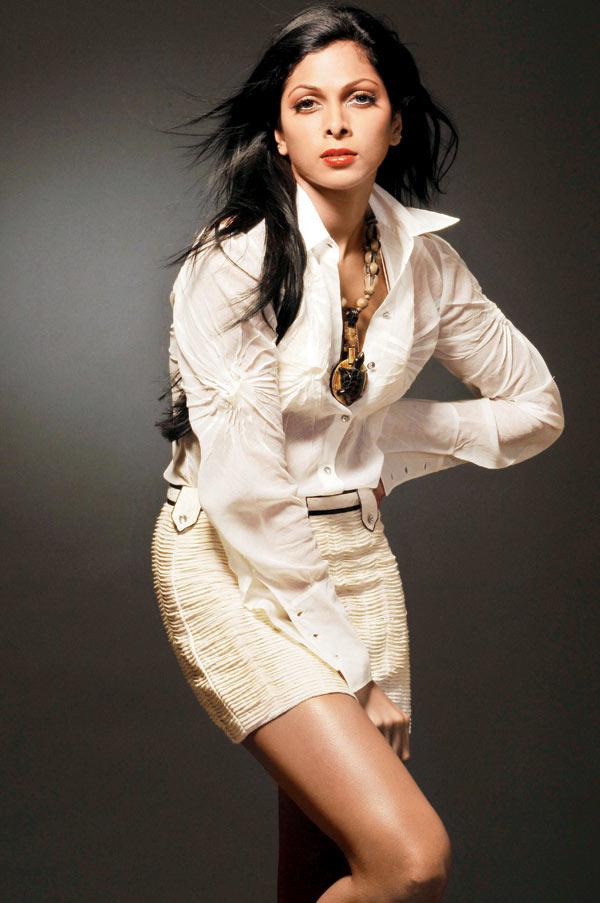
Nina Manuel in Lina Tipnis’s collection. Tipnis designs formal, lounge, cocktail and festive wear for men and women
Most designers in India do custom designing when it comes to wedding trousseaus as the bridal wear industry is one of the biggest in the fashion business and estimated to be Rs 10,000 crores. The new breed of custom designers are experienced, trained individuals who create personalised collections for a fixed clientele.
Meet the custom designers
While most designers in India want to rush into launching their label and creating collections after graduating from fashion institutes, many designers have built their businesses for decades only on the basis of custom designing.
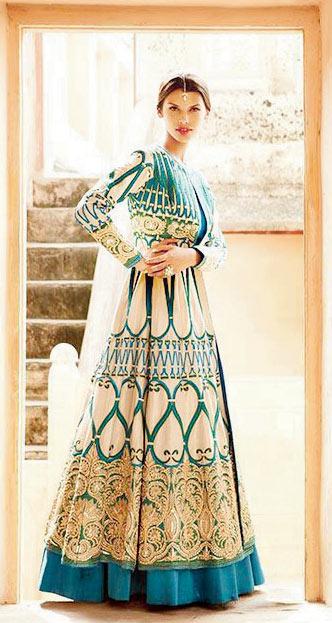
Soojata Kothari's bridal collection
After her first exhibition of readymade garments in 1980, Bela Parekh got many requests for custom-made clothing. The designer, who specialises in tunics, dresses, fusion and traditional Indian wear in organic eco-friendly fabrics with vegetable dyes and hand-block prints, says, “I realised many women wanted exclusive, made-to-measure ensembles, so I started custom designing in 1981.”
Soojata Kothari, a graduate in fashion designing from SNDT Women’s University and the American College of Fashion London, set up her custom-made design studio Allure in 1990. “After returning from London I could have started a boutique but decided to go against the tide by opting for custom-made clothing,” states Kothari, whose forté lies in designing sarees, cholis and wedding trousseau.
Lina Tipnis’s popular readymade label — Linarika — was popular in India and abroad but in 2012, she started custom designing. “Customisation and bespoke clothing is the need of the hour and an answer to exclusivity, perfection in terms of engineering, finish and design. The readymade segment does not offer such attention and therefore, customisation is the solution to give the customers all that they fantasise about,” reveals Tipnis, who designs formal, lounge, cocktail and festive wear for men and women.
Gurpreet Kaur graduated in 2010 from BD Somani Institute of Art and Fashion Technology and after interning with top designers, she started custom tailoring in January 2014. “For me customer satisfaction is more challenging than selling off-the-rack. It gives me motivation to achieve more and since I mainly do bridal wear, the smile on a bride’s face is my ultimate reward,” observes Kaur.
The pros and cons
“The advantages are quick returns, minus major investment and no dead stock. But clients could ask for major alterations and get very demanding and constantly want something new,” adds Parekh. Her clients are a mix of traditional and fusion dressers while her daughter Simoni caters to the young and trendy dresser.
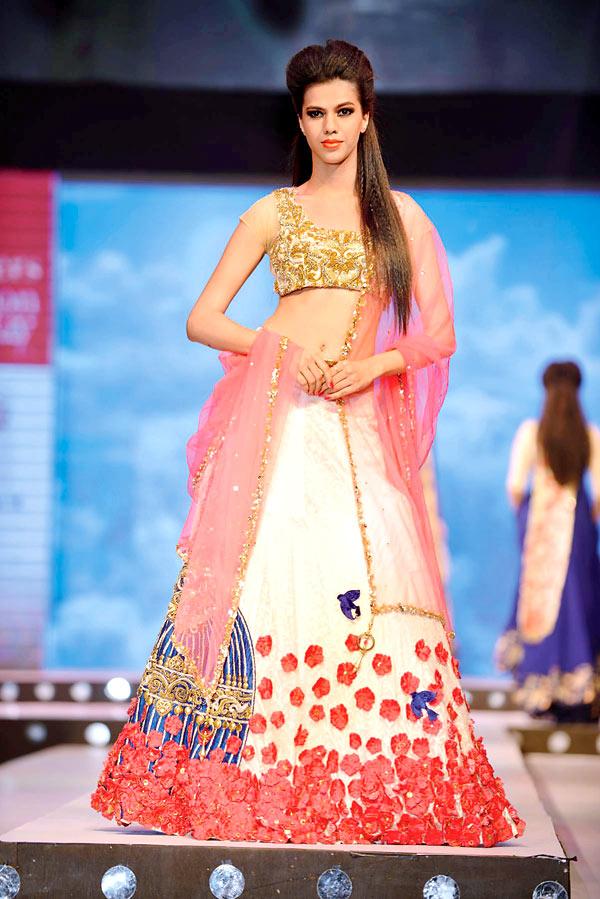
A model in an outfit by Gurpreet Kaur. Customised clothing gives a client the option to choose fabrics, textures and embellishments
“I love the feedback from my clients and enjoy designing for different body types. Every day is a challenge. At times clients want copies from magazines and can’t visualise from the sketch which I prepare. I explain to them what will suit their body type,” notes Kothari.
Tipnis feels that customisation is time consuming and requires a lot of attention to detail and a personal touch. But the client gets 100 per cent satisfaction.
“My clients have the option of choosing from fabrics, textures and embellishments to suit their body type and personality. But several fittings and a timeline of four to six weeks makes it a time consuming job,” feels Kaur.
 Subscribe today by clicking the link and stay updated with the latest news!" Click here!
Subscribe today by clicking the link and stay updated with the latest news!" Click here!







